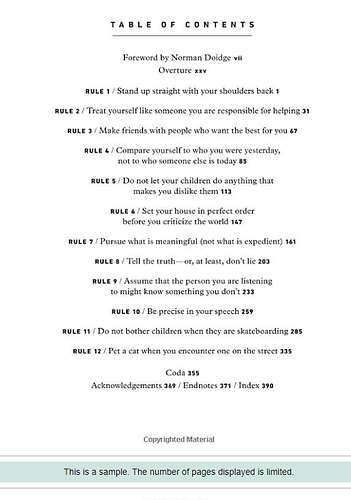Might be worthwhile to review definitions for the terms being bandied about, as it’s very easy for us to let our language languish into our own meanings.
And yes, I’m smiling when I see JBP’s talks map directly into each of these definitions. 
Green Altitude (Worldcentric, Postmodern/Pluralistic) (linked)
The Green altitude began roughly 150 years ago, though it came into its fullest expression during the cultural revolution of the 1960s. Green worldviews are marked by pluralism, or the ability to see that there are multiple ways of seeing reality. If orange sees universal truths (“All men are created equal”), green sees multiple universal truths—different universals for different cultures. Green ethics continue, and radically broaden, the movement to embrace all people. A green statement might read, “We hold these truths to be self-evident, that all people are created equal, regardless of race, gender, class….” Green ethics have given birth to the civil rights, feminist, and gay rights movements, as well as environmentalism.
The green worldview’s multiple perspectives give it room for greater compassion, idealism, and involvement, in its healthy form. Such qualities are seen by organizations such as the Sierra Club, Amnesty International, Union of Concerned Scientists, and Doctors Without Borders. In its unhealthy form green worldviews can lead to extreme relativism, where all beliefs are seen as relative and equally true, which can in turn lead to the nihilism, narcissism, irony, and meaninglessness exhibited by many of today’s intellectuals, academics, and trend-setters
Teal Altitude (Worldcentric to Kosmocentric, Integral) (linked)
The Teal Altitude marks the beginning of an integral worldview, where pluralism and relativism are transcended and included into a more systematic whole. The transition from green to teal is also known as the transition from “1st-tier” values to “2nd-tier” values — the most immediate difference being the fact that each “1st-tier” value thinks it is the only truly correct value, while “2nd-tier” values recognize the importance of all preceding stages of development. Thus, the teal worldview honors the insights of the green worldview, but places it into a larger context that allows for healthy hierarchies, and healthy value distinctions.
Perhaps most important, a teal worldview begins to see the process of development itself, acknowledging that each one of the previous stages (magenta through green) has an important role to play in the human experience. Teal consciousness sees that each of the previous stages reveals an important truth, and pulls them all together and integrates them without trying to change them to “be more like me,” and without resorting to extreme cultural relativism (“all are equal”). Teal worldviews do more than just see all points of view (that’s a green worldview)—it can see and honor them, but also critically evaluate them.


